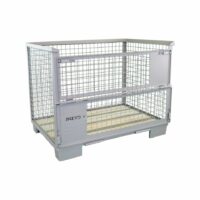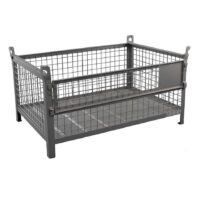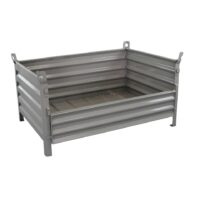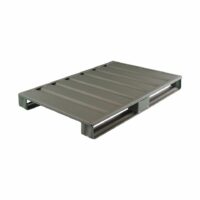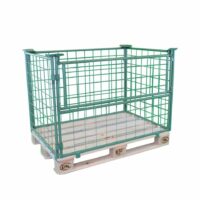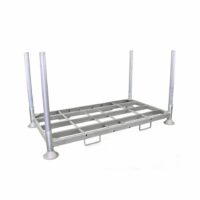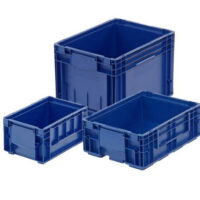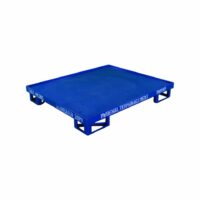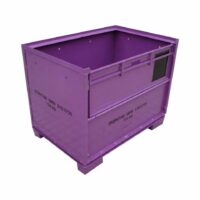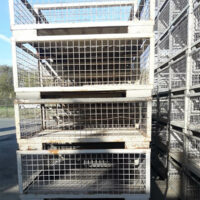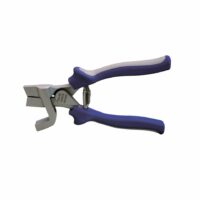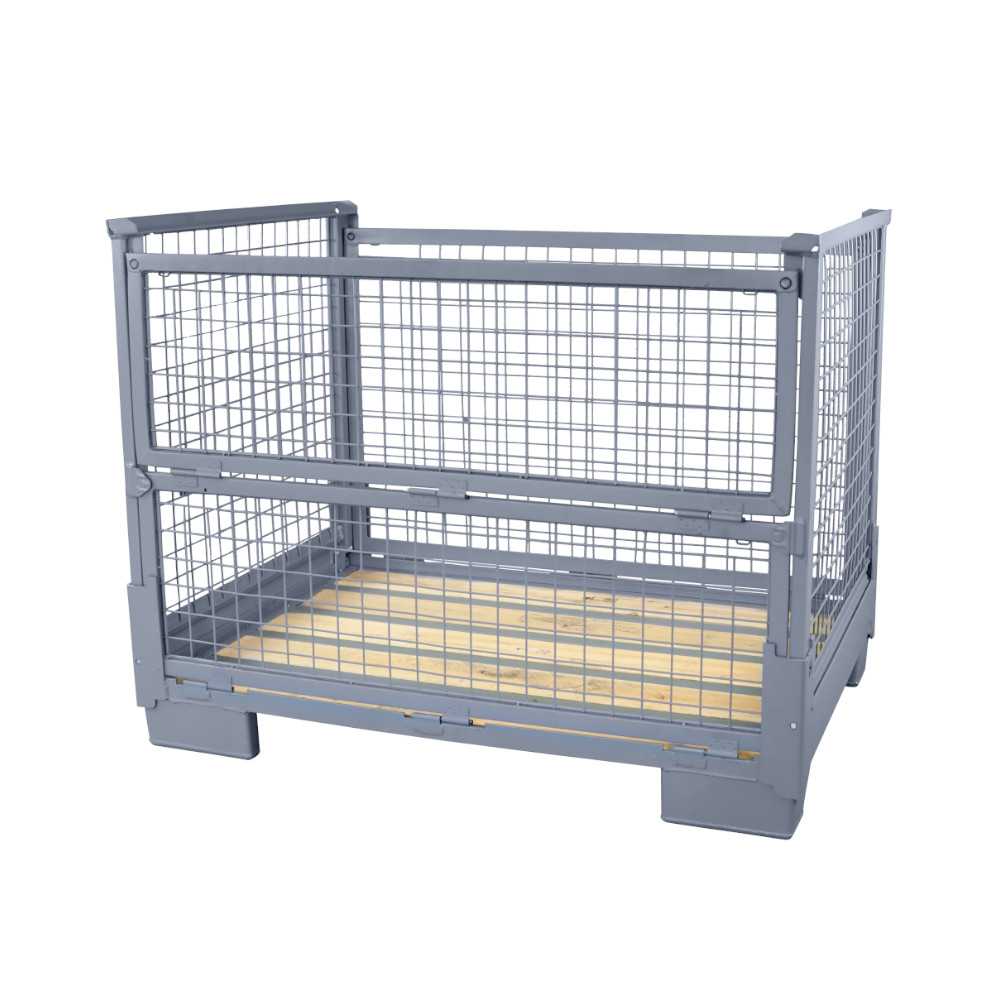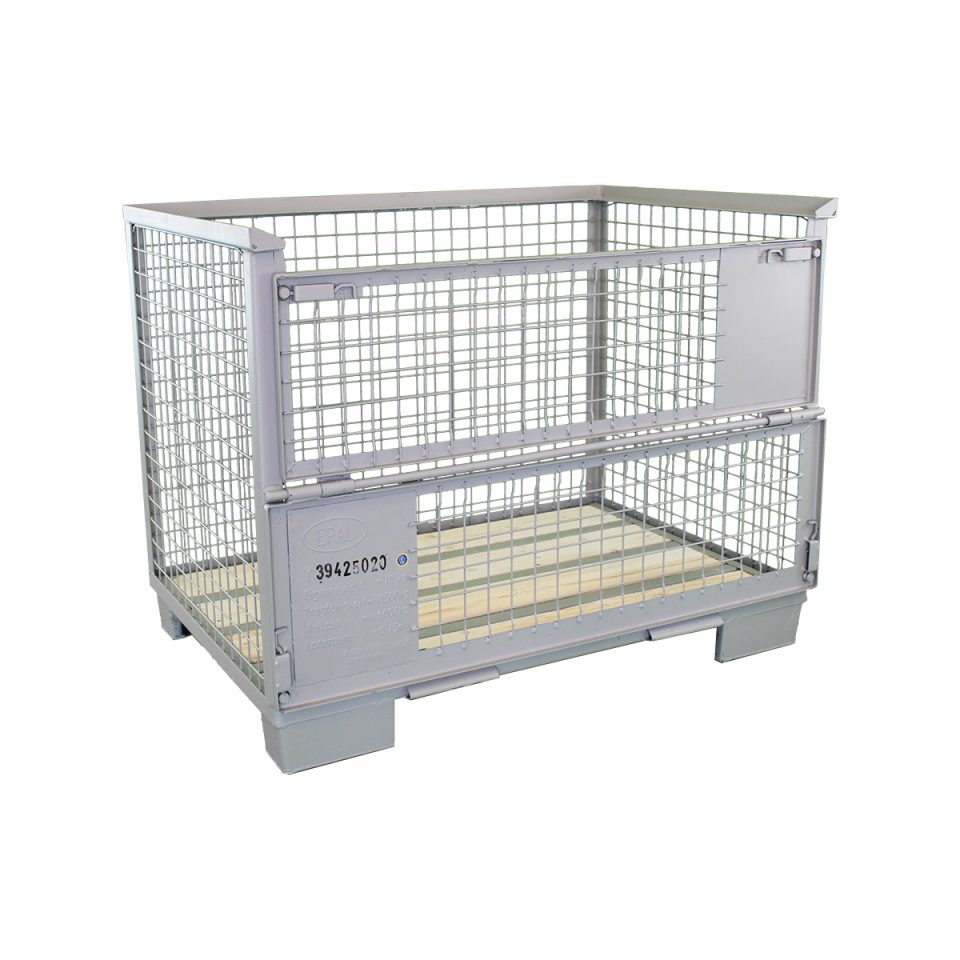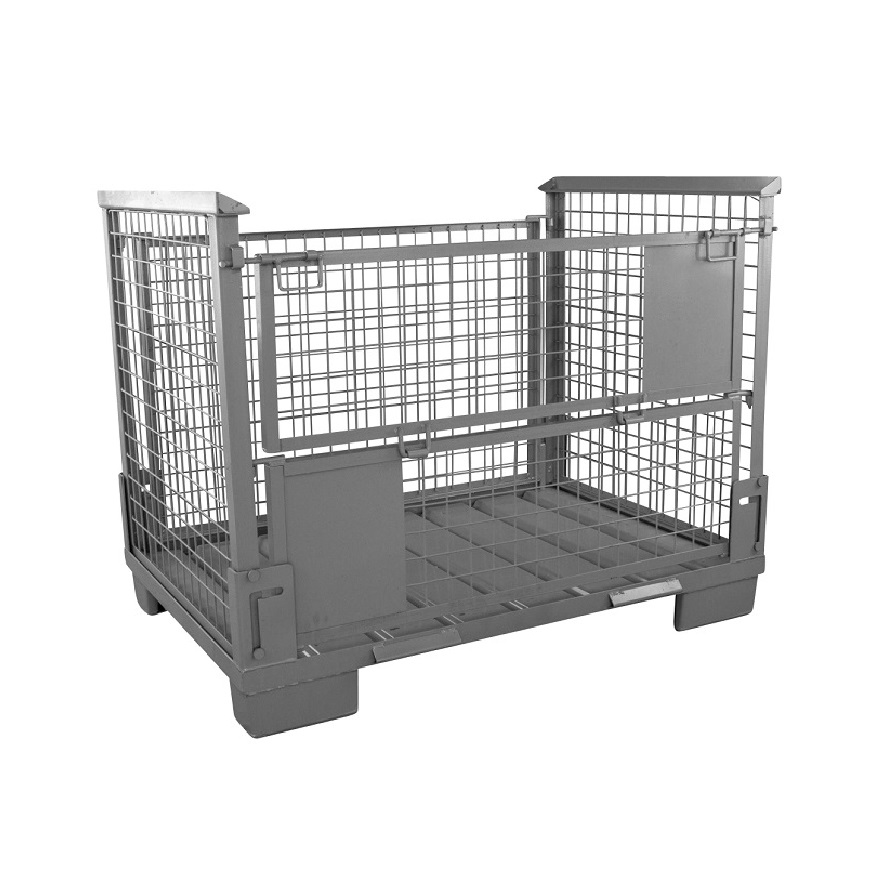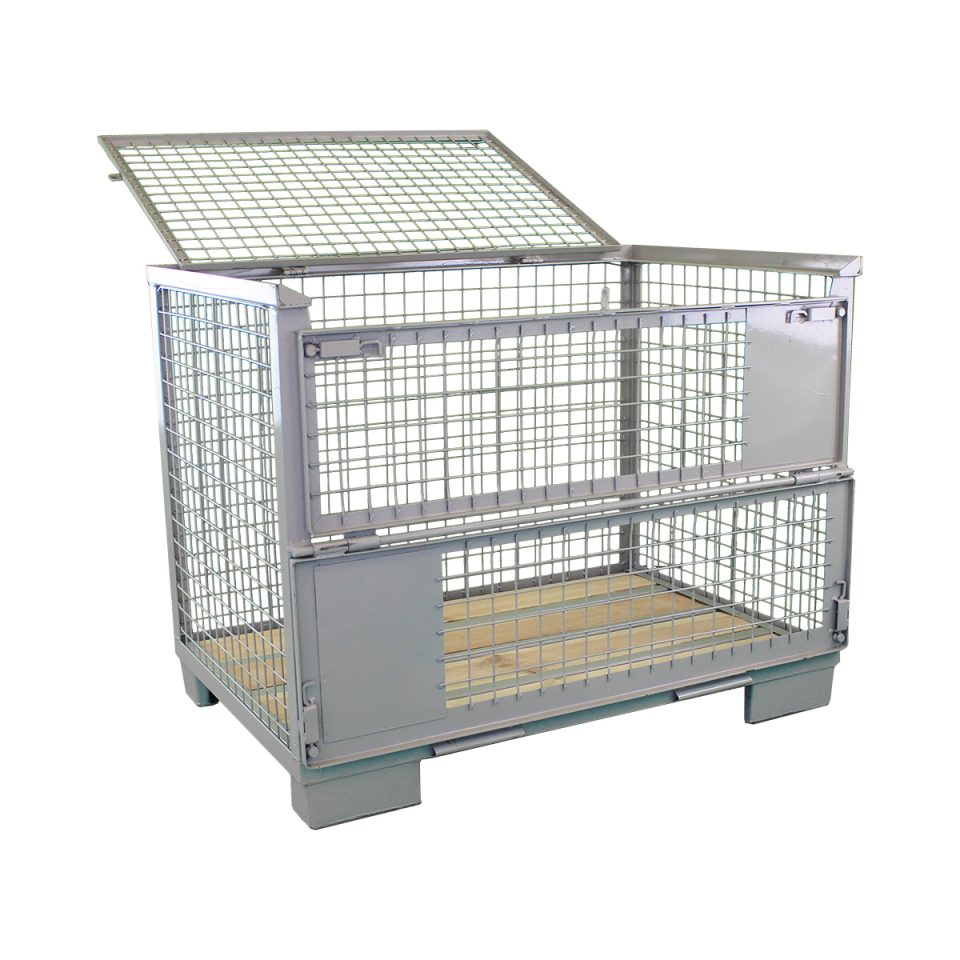Load carriers for your logistics
Fast availability and also extremely attractively priced? These are the logistics load carriers from Schneider.
Discover the range of Schneider transport and storage containers and find out more about load carriers for logistics!
Best-selling load carriers for your logistics
Our most popular logistics load carriers - always with first-class service!
What is a load carrier for logistics?
A load carrier allows you to combine goods and merchandise into one load unit. Common load carriers in logistics include pallets and pallet cages, but also containers and special load carriers.
What are standard load carriers in logistics?
Load carriers are a dime a dozen in logistics. Hardly any company works without pallets, mesh boxes or even small load carriers (plastic crates). We give you a comprehensive overview of the load carriers that have established themselves on the European market and are represented in almost all industries, companies and institutions.
Universal load carriers
Pallets made of wood, plastic or steel and matching stacking frames
Pallets are one of, if not the main component of modern logistics. Whether made of steel, wood or plastic. They impress with their low costs, wide distribution, easy handling and high availability. The Euro pallet is undoubtedly the best known. The European Pallet Association e.V., which is responsible for licensing, estimates the number in circulation worldwide at 450 to 500 million units.
How and where pallets are most frequently used:
Wooden pallets are mainly used for shipping and the subsequent storage of goods. In this case, the Euro pallet with 1200 x 800 x 144 mm offers the optimum dimensions for truck transportation. Two pallets can be transported crosswise or three lengthwise to each other in the truck. In this way, the loading space you have booked is used effectively and freight costs are reduced.
Plastic and metal metal pallets are often offered in the standard external dimensions of 1200 x 800 mm. Due to their superior properties compared to wooden pallets, particularly in terms of durability and hygiene properties, including the associated advantages, they have established themselves in the logistics sector alongside the significantly cheaper wooden pallets.

Plastic pallets are often used in the food industry and other sectors where strict hygiene standards must be observed, due to their ease of cleaning and the use of a food-safe base material.
Steel pallets are a permanent fixture in the automotive industry and are characterized by their durability. With load capacities of up to 2500 kg and a relatively low tare weight, they offer a much more robust basis for transportation than wooden pallets. They are also torsion-resistant and therefore offer ideal conditions for high-bay storage.
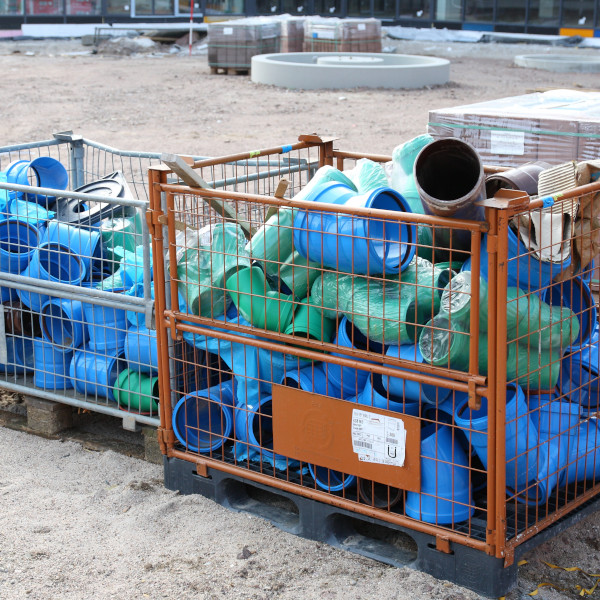
Pallet frame / stacking frame
Quick and practical extension for pallets
Pallet frames can be used to quickly and easily create a pallet cage replacement from a simple Euro pallet. A wide variety of materials are used, so that the following pallet frames are available on the market:
- Steel lattice top frame
- Wooden top frame
- Plastic top frame
- Pipe bracket attachments
The main advantage of pallet frames is that a pallet can be adapted to the respective load. Simply take a Euro pallet, place a wooden pallet frame on it and cover the top and bottom with cardboard if you need a crate for shipping, for example. If you need a little more loading volume, then simply use a metal pallet frame and you have an alternative to a pallet cage.
Mesh boxes and sheet steel containers
Robust means of transportation for industry
pallet cages and sheet steel containers are frequently used in industry as waste containers, but also for the transportation of raw materials and end products within a production facility. The EPAL licensed mesh box pallet is the most widely used pallet cage in the world and is particularly popular in the automotive industry.
There are numerous different designs and variants in the field of steel containers and pallet cages. In addition to the DB Europool pallet cage, industrial pallet cages are also popular, which are available in alternative heights or can be folded compactly.
How and where pallet cages and steel containers are most frequently used:
Mesh boxes are often used as transport containers, as the pallet pool exchange process ensures that there are always enough empty boxes for ongoing production. They also play an important role in in-house storage, as they enable block storage to be set up quickly and easily.
In internal logistics, steel containers are primarily used as load carriers and waste containers. Some of them can be closed with a flap and are therefore ideal for storing and transporting waste or small parts.
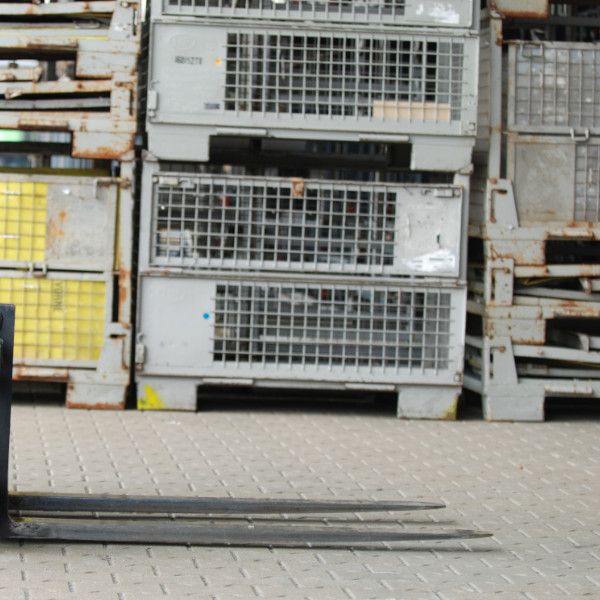
Stanchion frames
For efficient use of space
The stacking and transport racks include Stanchion rackswhich help companies to ship and store goods that are difficult to handle, as well as pallets. The use of such racks often reduces the damage rate and makes ideal use of the available space in terms of volume. They are also ideal for setting up a mobile and flexible rack storage system. Stanchion pallets are available in various dimensions, so that pallets of different sizes and numbers can be stored in a stanchion pallet.
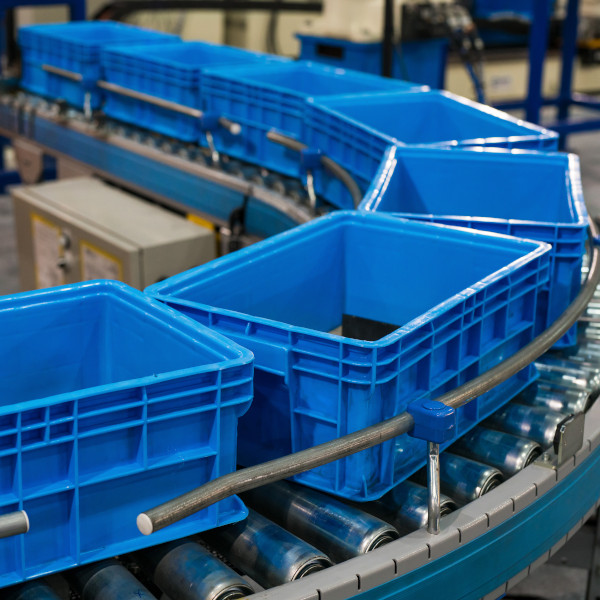
Standardized plastic crates
Small load carriers for everyday work
If from small load carriers we are referring to transport and storage containers that have been standardized by the German Association of the Automotive Industry (VDA). They are often also referred to as Euro crate or Euronorm container and are widely used in logistics. They were initially developed to optimize the flow of goods between car manufacturers and their suppliers. Due to the practical approach, the basic idea was also transferred to other areas (e.g. bakery or butchery). The VDA standard is based on three basic areas:
- 300 x 200 mm
- 400 x 300 mm
- 600 x 400 mm
These dimensions are adapted to the standard load carriers. For example, 4 crates measuring 600 × 400 mm correspond exactly to a pallet measuring 1200 x 800 mm. Thanks to their base design, the crates can also be safely stacked on top of each other several times.
How to choose the best load carrier for your logistics:
In order to choose the right load carrier, you should first determine which items you want to store or transport and where their weak points are. Effective, safe and process-optimized interaction with the various load carriers is the main objective when using a load carrier.
So ask yourself these questions first:
- How big and how heavy are my goods?
- How susceptible are my goods to damage?
- How are my goods handled today and what can be improved in handling?
- What is the most space-saving way to store my goods?
- What opportunities and challenges does my warehouse offer?
If you answer these questions, you will find that there is a trend towards a particular load carrier. If you are still unsure whether the load carrier you consider to be suitable also makes sense from an expert's point of view, we will be happy to check this for you. Call us for an expert opinion on
+49 6465 91480 or send us an email with your project to info@schneider-logistics.de or fill out our contact form form.






